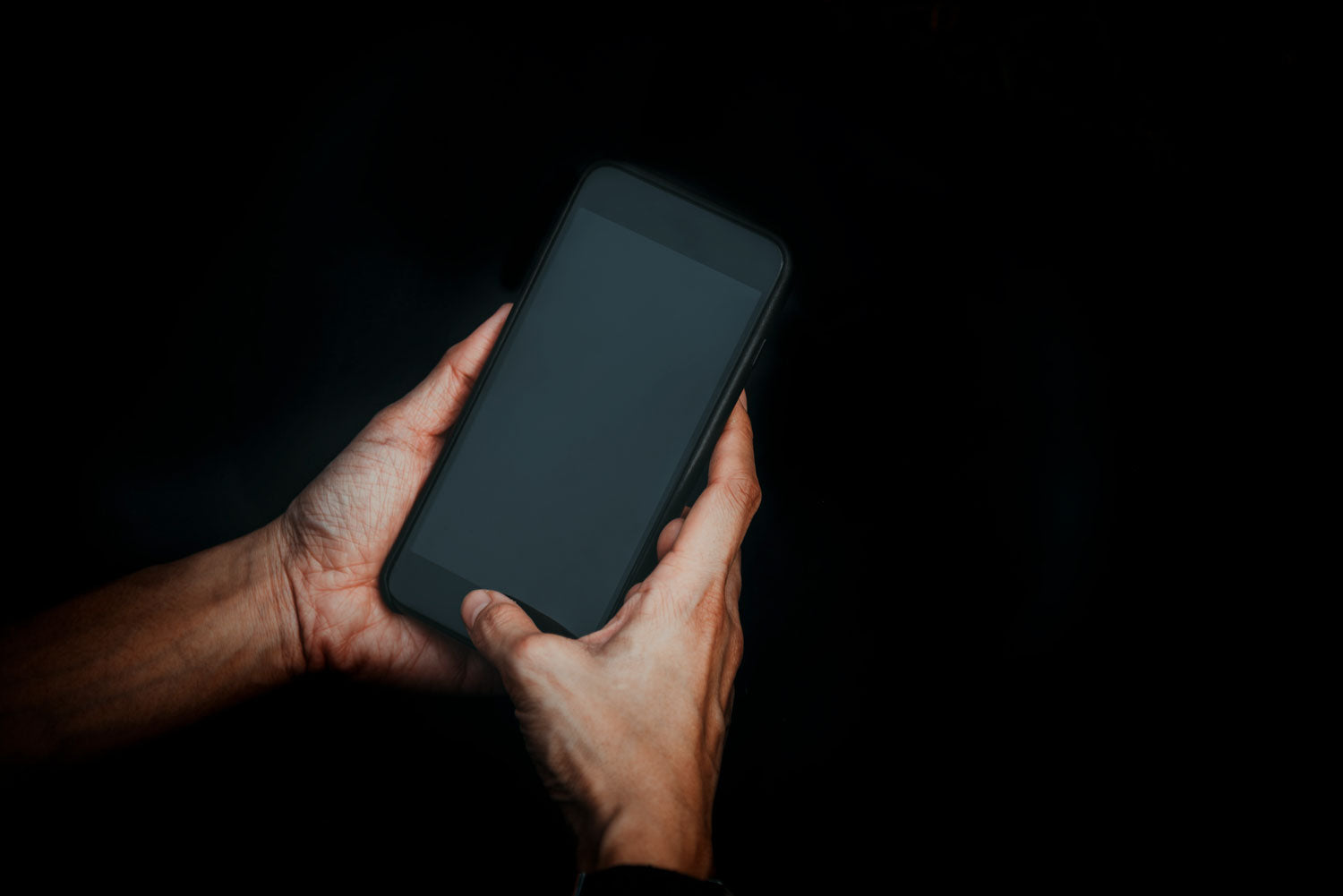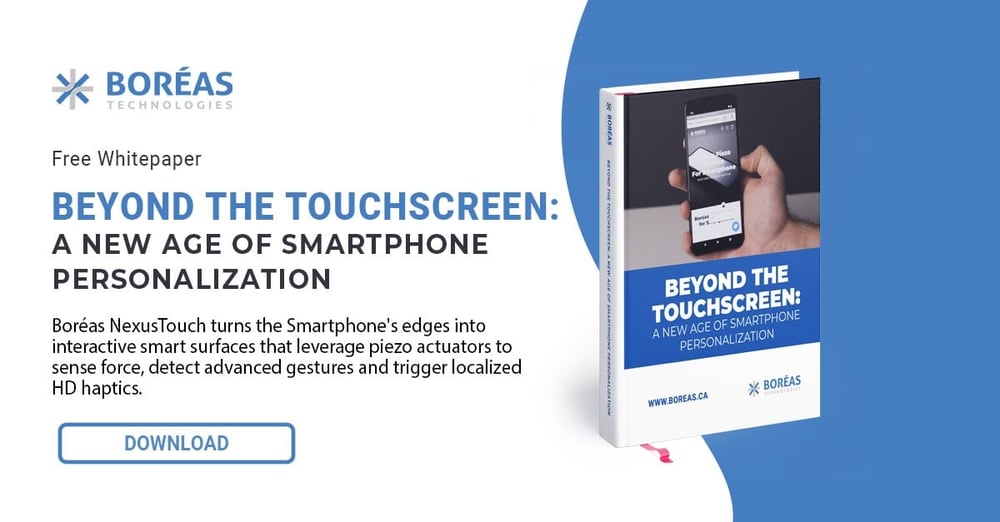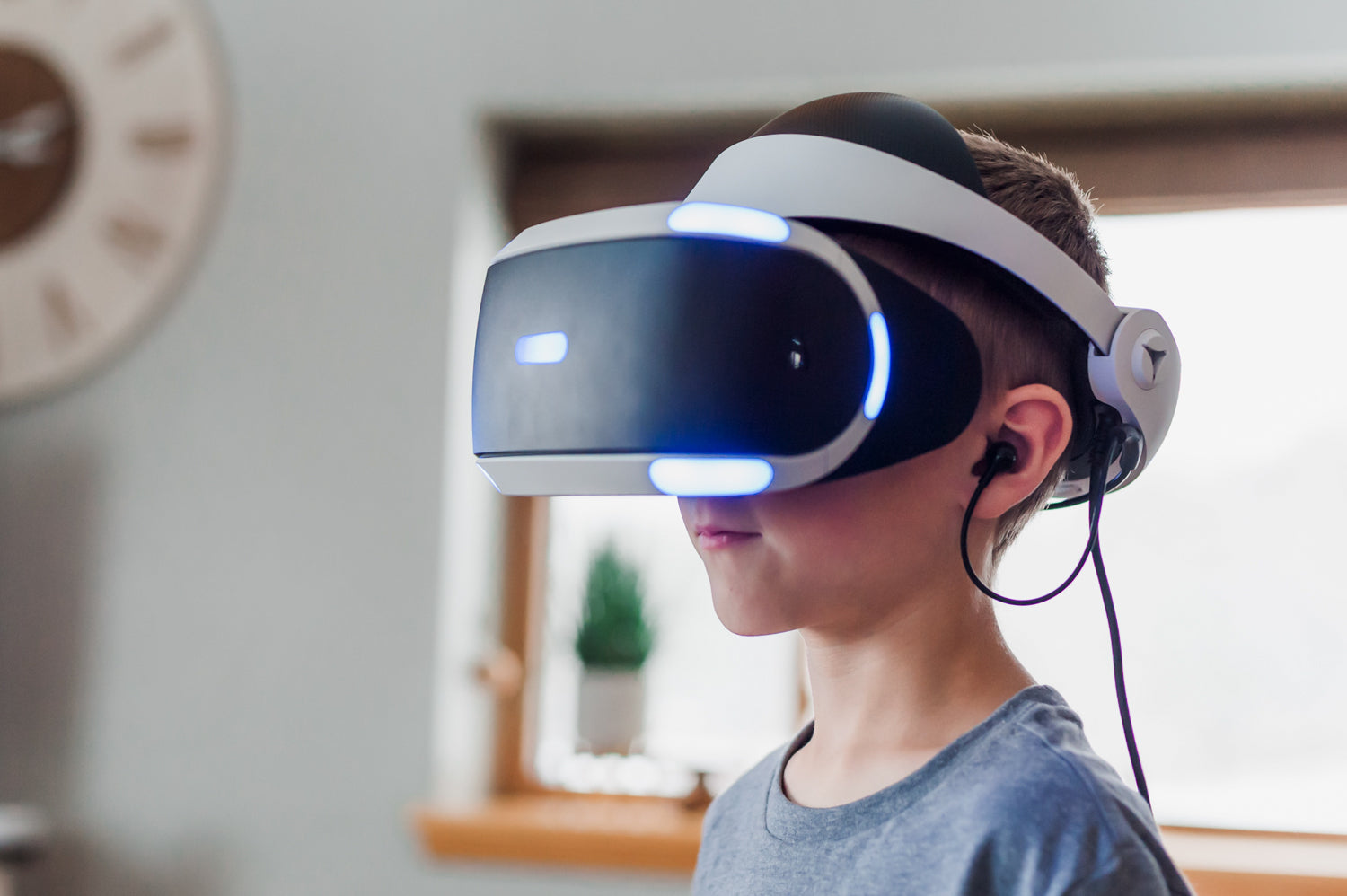
Virtual environments can generate lifelike situations that closely mimic real-world environments, enabling people to not only participate in gaming but also acquire new skills and expose themselves to diverse ideas.
But although extended reality pushes the limits of learning and development, the absence of touch can make mastering some skills challenging. This is where haptic technology comes into play, bridging the gap by providing the missing sense of touch.
So, is haptic feedback good? Let's explore how haptic feedback works and the types of haptic feedback and assess its overall significance.
What Haptic Feedback Is and How It Works

If you were to hold a ball in your hand in virtual reality (VR), you might be able to see the ball through your headset or monitor, but you wouldn't be able to determine its weight or texture. Similarly, if you were to reach out to touch a piece of fabric in VR, you might hear the sound of it rustling, but you wouldn't feel the weight or texture. The full picture of the object only emerges when you can feel it through touch.
Haptic technology utilizes touch and motion feedback to simulate the sensations you experience while handling real-world objects, effectively adding a physical dimension to digital experiences. A classic example is the PlayStation dual-shock controller, which provides a sense of recoil after you shoot a gun in a game.
Haptic feedback is generated by haptic devices that employ various tools, such as sensors, motors, and speakers. These devices are designed to produce a physical sensation, like a vibration, when a specific action is executed.
The mechanical stimuli that the user experiences can be produced using different technologies, such as skin indentation or exoskeleton devices. Skin indentation devices are found in haptic gloves or other wearables that imitate the sensations of touching or moving an object. Exoskeleton devices use active force feedback and are mostly used in the gaming industry.
Why Haptic Technology Is Important

The fast-paced growth of virtual and augmented reality has highlighted the need for haptic feedback technologies, particularly in portable and wearable formats. These technologies can significantly enhance users' immersion across a wide range of applications, including social media, gaming, biomedical instruments, and robotics.
Haptic feedback can improve user immersion and engagement by establishing a stronger connection between the user and the device. In situations where visual or auditory feedback may be inadequate, such as in low light or noisy environments, haptic feedback can facilitate device interactions and improve the overall user experience.
Haptic devices come in several forms that vary depending on their usage, feedback, and modality.
Increased Accuracy Through Tactile Feedback

Haptics provide users with tactile feedback that enhances their sense of touch and enables them to better perceive and interact with digital environments or devices. In fact, several studies have shown that tactile feedback improves the accuracy with which users complete tasks. For example, a 2012 study showed that participants' accuracy in tracing a line was significantly impacted when they wore gloves.
In virtual reality games, haptic feedback can provide users with tactile cues that simulate the sensation of touching and interacting with virtual objects. Having a sense of the size, weight, and texture of virtual objects can enhance users' performance in tasks such as aiming a virtual weapon or moving around a virtual environment, leading to improved accuracy.

Improved User Experience and Engagement
Haptic feedback can make a user interface or electronic device more interactive by giving users additional ways to interact with them. This vibrotactile feedback is especially common in smartphones.
For example, a touchscreen with haptic feedback can allow users to feel the sensation of pressing a button, making the interaction more engaging. A smartphone vibrating in response to touch can also confirm a user's selection, improving their user experience.
By providing users with realistic and responsive tactile sensations, haptic technology can improve overall engagement in various applications, such as gaming, training, and education.
More Immersive Experiences
Haptic feedback can improve immersive experiences by providing sensory information that complements visual and auditory cues, enhancing the realism of a virtual environment, and providing contextual information. By using haptic technology, designers can also create haptic interfaces and applications that are more accessible to users with visual impairments, allowing them to participate more fully in the digital world.
With the help of haptic feedback alongside auditory and visual cues, interfaces can become more inclusive and easier to navigate for a wider range of users.
Presence

Haptic feedback can simulate physical sensations that create a sense of presence and help users feel like they are physically interacting with the virtual environment. For example, with haptic feedback, game controllers can now simulate physical sensations, such as vibration, force, and pressure, when a user drives over rough terrain or fires a weapon. In this way, game controllers enhance the overall gaming experience and increase the user's sense of presence in the virtual world.
Connection
Because physical cues can elicit emotional responses, haptic feedback can enhance users' emotional connections to the content they interact with. For instance, stroke touch mode provides users with a continuous and smooth touch sensation as they stroke or glide their fingers across a surface, such as a touchpad or a touch screen. It provides personalized and tactile interaction with the device, ultimately enhancing the user’s sense of connection.
Find the Right Driver for Your Needs

Haptic feedback is a crucial aspect of technology that can greatly enhance user experiences and improve performance in a variety of applications. Boréas Technologies is a leading company in this field, providing cutting-edge haptic solutions that can be integrated into various devices. Our CapDrive technology, in particular, is 10 times more power-efficient than conventional haptic solutions, making it an ideal choice for portable and wearable devices. If you're looking to incorporate haptic feedback into your technology, Boréas Technologies is the company to work with. Visit our website to learn more about our innovative solutions and how we can help take your technology to the next level.

Leave a comment